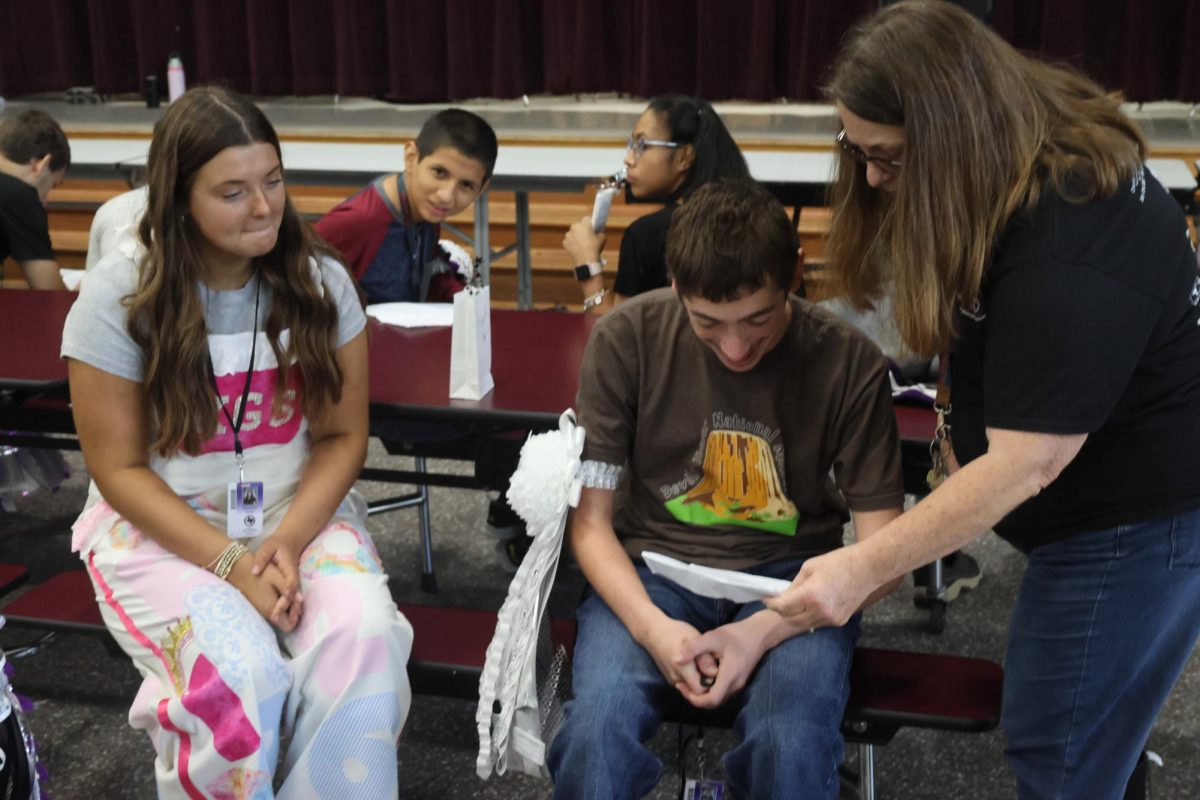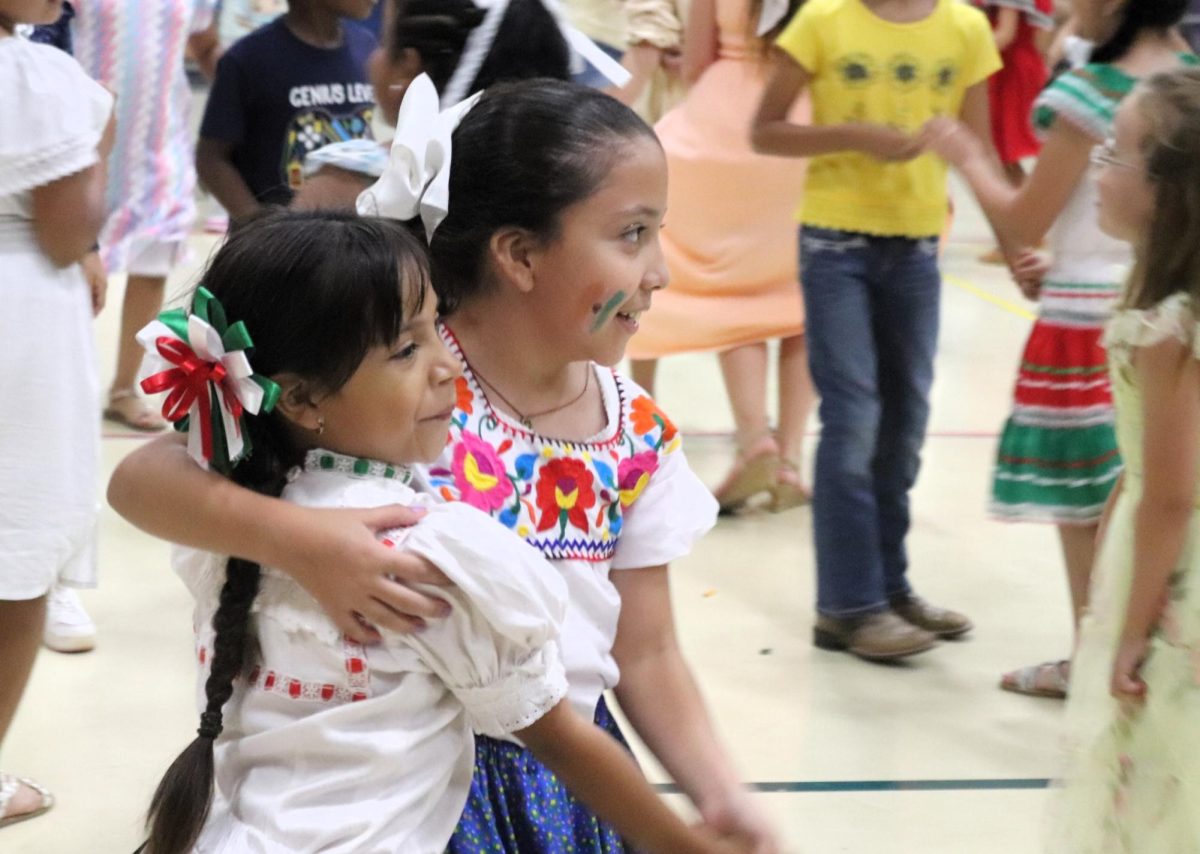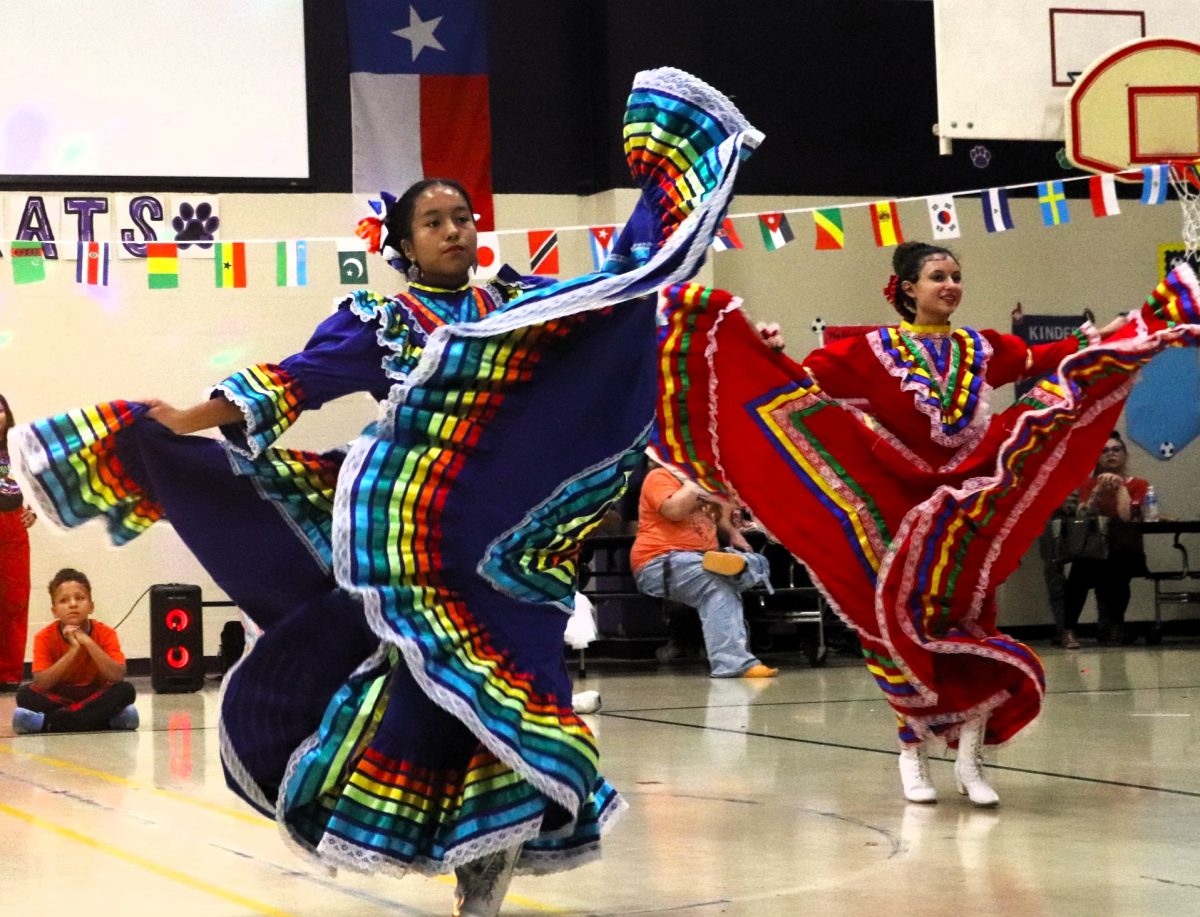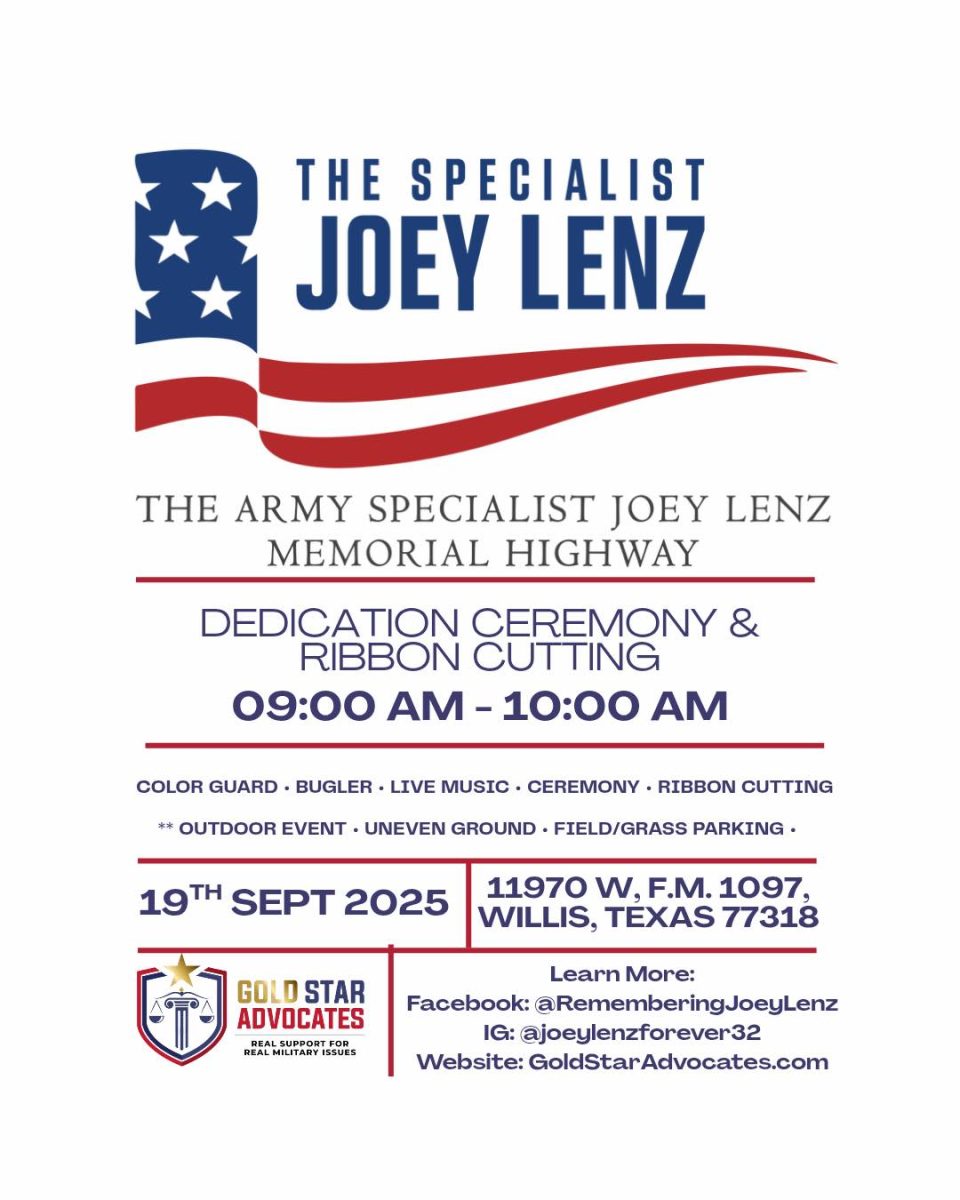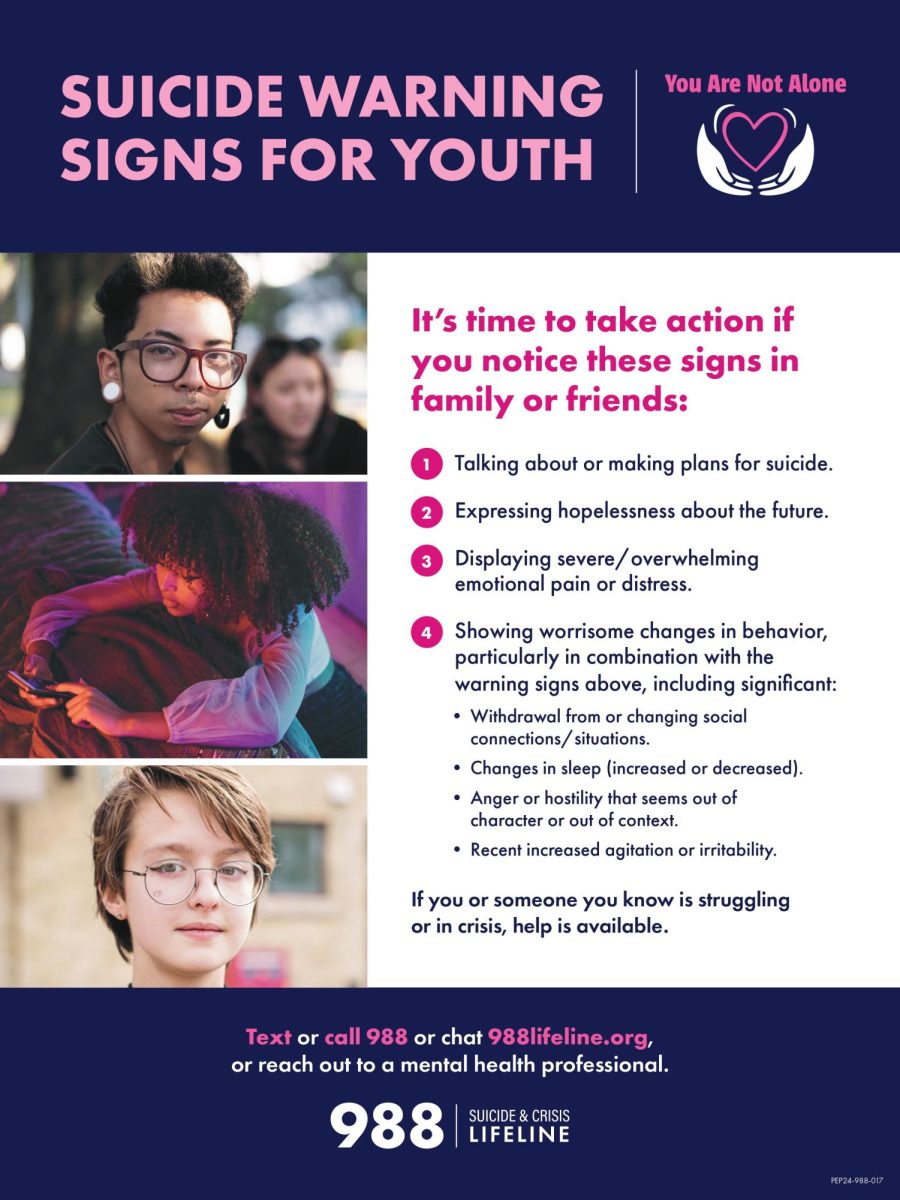In Appalachia, the biggest flood recorded was in 1916, having seen 22 inches in the storm’s wake. A place that rarely sees hurricanes at all, this flood was a piece of memorable history, the peak of weather for the area, and signs posted to show the height waters reached across the mountainous region. During Hurricane Helene, those signs were underwater and washed away as Appalachia saw over 36 inches of rainfall.
In such a disaster, viewers are often swept up in the excitement of helping the emergent problems, leaving the long-term issues to simmer. Appalachia which is a sanctuary of strong agriculture and environmental preservation, wasn’t an option. One group led only by locals made sure to keep the community and mountain alive for years to come and provide the lives there another day.
“The Appalachian Rebuild Project is a part of Mitchell County, which is where we are located, a long-term recovery group,” co-founder Sophia Phillips said. “This is a group that is put together by community members, it’s facilitated by FEMA and other government agencies who helped establish this for this community. It is specifically made to funnel federal funds directly toward recovery efforts for Appalachia not just now but years into the future.”
New non-profits often take months to get off the ground due to legal stipulations in place to prevent any fraud or scamming of those in need, but ARP needed to start immediately, so they sought help.
“ARP is an official project of a pre-existing non-profit organization and it’s called Vet to Drones. Week one or so we met the founder of Vets to Drones while he was doing search and rescue work with the drones,” Phillips said. “He had an existing non-profit organization and he allowed us to pair up with him to be an official project of his non-profit as a way to bypass the permitting process in establishing a non-profit. This allowed us to go ahead and begin doing work in a more official capacity like the liability forms, donations, and things along those lines. We wouldn’t have been able to do all that so quickly if we didn’t have that non-profit vessel.”
Working on such a large scale, ARP didn’t work with just one non-profit organization but aimed to seek out ones who could do the groundwork alongside them in a local capacity.
“Within that group, we also work with a group called Empowering Hands, which is another non-profit organization that does the general contracting work for many of the rebuilding of homes in the area,” Phillips said. “It was two men who already had a contracting business so then they used their business and experience to start doing this type of work.”
A storm like Helene was in Appalachia hadn’t seen similar strength since 1914, meaning the day the storm came through, it was unpredictable for residents what damage would be done.

“I’m from Western North Carolina and all of the folks who make up ARP are from Western North Carolina as well, my family has been in this area for nine generations, we have a big family and strong connections, everybody knows everybody,” Phillips said. “The day after the storm, so I woke up that morning that Friday, we didn’t have any power, no cell service. Of course, I didn’t know at the time but this was the case for everyone in the area.”
Upon realizing just how isolated the storm had made the already expanding mountaintop, people aimed to get into contact with those close to them in whatever way possible, communication becoming one of the strongest difficulties across the mountain.
“All of my family and all of my friends who have become family, though we weren’t able to get in touch with each other we all came towards my parent’s generational home called ‘The Hill.’ By the end of the day all maybe 20 of us had grouped up because we couldn’t reach each other on the phone, and we wanted to lay eyes on each other,” Phillips said. “It started because my parent’s home which hadn’t been damaged by the storm still had water at this point, he rigged up his generator running out of his tractor, and his house had Starlink. As a result, we had internet, water, and food, and we saw our neighbors walking on the streets in muddy pajamas my parents took them up in the house and let them shower and eat and called their loved ones cause with no service. Then we just began welcoming all folks into the home.”
Starting as just small resource centers, ‘The Hill’ became a hotspot for reopening communication for locals with Starlink present on the property, the house becoming the starting point for the creation of ARP.
“It sort of got recognized as a space to do that, and people started bringing within 4-5 days after the storm, we got volunteers showing up with supplies. That is how it started, we started just our family and friends doing little jobs just to check on one another, and we all happened to like riding dirt bikes and because all the roads were gone and washed away, we had to do all our checks on the dirtbikes,” Phillips said. “While we were out in the community doing all these checks on everybody we would begin to get these little bits of information, that this grandma needs this, this person needs this, they need that, and so we began collecting work orders on sticky notes.”
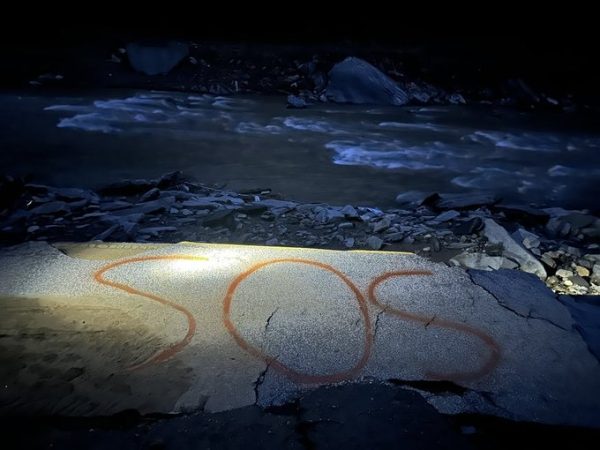
Once the primary dangers had passed on by, the next concern on people’s minds was how such a region reasonably recover to a functional state in years to come.
“A big part of our hope with the ARP is this area is a very rural and impoverished area, and there is already a scarcity of places to live, so a big concern became there is so much volunteer work in the area that those who did those jobs previously for work may get choked out by all the volunteerism available,” Phillips said. “Part of long-term recovery is we need to support our people and how they make money so for that exact reason we began working with local businesses, such as contractors in the area to support their business. A lot of companies have even had to cease their operations because for like example the local sawmill employs a lot of people but they haven’t been able to get logs because the loggers have to do state work to help cut out roads, so the sawmill isn’t running and all those guys no have no work to do. We can hire these guys to stimulate money returning into the local economy.”
Despite the destruction brought by Helene, it became a reason to connect and appreciate those around when locals needed help and had help to give.
“What gives it its silver lining is that while this was a major disaster and tragedy, we saw everyone from the state and towns begin to truly come together,” Phillips said. “When we talk about the micro-communities these small rural communities, and in my community personally in Green Mountain, it is real small, we woke up Friday morning and I was trapped in my area due to a landslide destroying the road. In my area, we all got out with shovels, my neighbor Mr. Fox had a tractor and we just began pushing all this debris out of the way to get in and out of the road, and that’s what happened everywhere. Once I was able to get out of my house, we just wanted to make sure everyone was alive.”
Once access was opened back up just enough for people to at least walk from place to place, group work began almost immediately as people began to want to return any favors they’d previously received.
“When we linked up with other folks they wanted to join us, they wanted to help, and once they got to good enough a place they wanted to be there,” Phillips said. “This community has grown so close through this because of all the relationships that were built through this kind of work, and at the same time we’ve had an incredible amount of folks from off the mountain come up to do the same kind of work. It’s special to think about because you have to be a special kind of person to leave behind your work and your life to come and volunteer and give your time to an area you may have never even been to before. We had volunteers from Canada, Florida, Wyoming, California, New York, Maine, and I mean we had professional electricians, arborists, people that worked professionally for money choosing to come down here and do it for free, and it does restore a lot on faith in our nation and how people have dealt with this in response.”
A major aspect of a rebuild in a region is making everyday life possible once again, bringing back jobs and homes to areas facing crisis to give that path to normalcy again.
“Just to share a little bit personally about the targeted rebuild project and what we do, but when it comes down to the work that I think we’re doing that has the biggest long-term impact it comes down to the cultural preservation of Appalachia,” Phillips said. “We’re rich in a lot of history and nature and it’s important for those who are here that we preserve it. We’re faced with this really big housing crisis because of the storm and it already was an issue before the storm, many can’t afford to live here anymore with a lack of jobs and housing, it creates a situation where people who have money can come in here and buy property and afford to fix the problem but those who already live here and are impoverished and aren’t in the same financial situation to solve their problems and may be forced to leave.”
Great support for ARP was online media presence, and one member of the project used his platform to make sure the message was spread, with one video alone reaching 878k views.
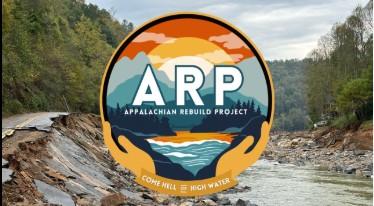
“ARP wouldn’t have any of the traction it would have if it weren’t for Isaiah Nichols, known as Wendigoon,” said Phillips. “He is this online guy. He is my older brother’s teenage best bud, and we’ve known Isaiah for a long time but it was because of his online following and platform and the work that he put in on his account that the Appalachian Rebuild Project has any traction. We would just be a group of folks trying to do our work without Isaiah he has created a platform for us to have relevance.”
ARP is far from done with its work and is continuing to seek people speaking on the struggles the mountains are facing, aiming to spread their message as far as possible every day.
“We are a local organization for the area and the money we’re given we’re able to put to work the very next day,” Phillips said. “ I run all the social media accounts and I try to keep folks up to date to show that we do stuff with that money every single day so folks can feel rest assured about giving any financial support to our organization, and we will continue to do as much work as possible so long as the money is there.
Keeping the story of the men, women and children of the community in the news is an important part of healing.
“To me, I don’t want to say a more important part, but an undersung hero is the ability to tell the story,” Phillips said. “It’s been almost four months now since we started. Being able to tell that story and keep its relevance, is gonna be the hardest part of this effort because when all the excitement of the devastation is gone people tend to stop caring. However, the long-term hurdles that will take a decade to repair are still here. That relevance keeping it is the biggest support we can ask for.”


